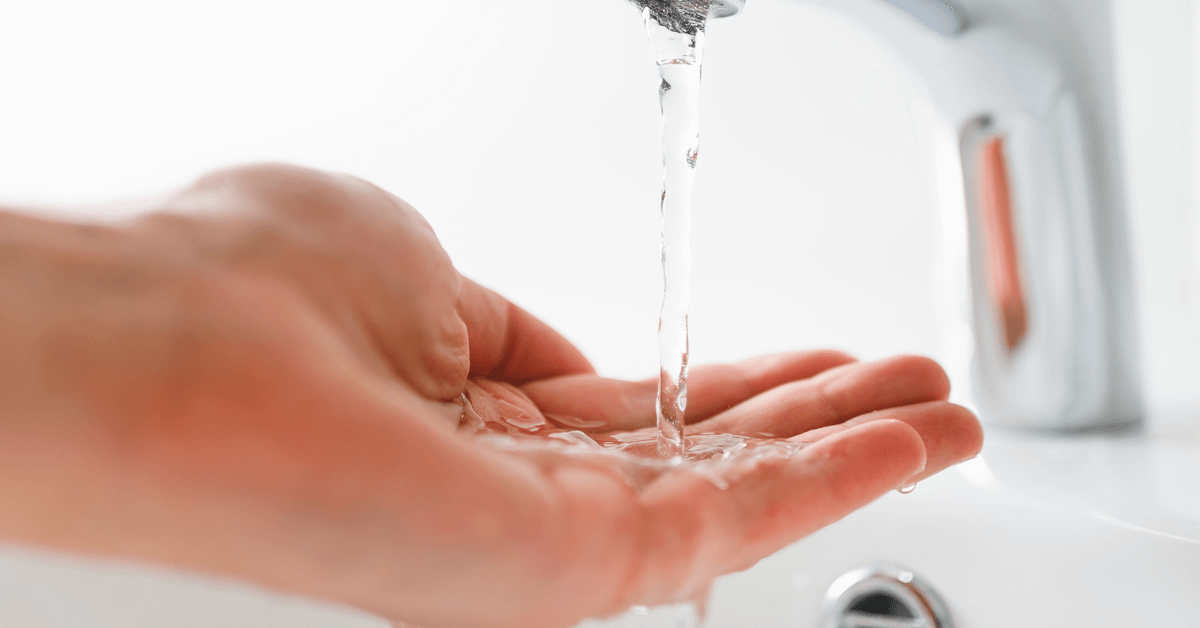Best Techniques for Dealing with Low Water Pressure in Your Home
Book TodayWere you interested in details concerning 4 Ways to Troubleshoot Low Water Pressure?

Low tide pressure in your home can be an aggravating problem, impacting whatever from showering to cleaning meals. If you're experiencing weak water circulation, there are numerous possible reasons and options to explore. In this guide, we'll review typical factors for low tide pressure and useful actions to resolve the problem efficiently.
Intro to Low Water Stress
Low tide stress takes place when the circulation of water from your faucets, showers, and various other components is weaker than usual. This can make daily tasks extra tough and much less efficient. Recognizing the root causes of low water stress is critical to discovering the best remedy.
Usual Root Causes Of Low Tide Stress
Pipe Obstructions
With time, pipes can come to be blocked with mineral deposits, sediment, or particles, restricting the flow of water. This is an usual problem in older homes with galvanized steel pipes.
Deterioration
Rust within pipes can cause leaks and minimized water stress. Corrosion build-up can restrict water flow, particularly in maturing plumbing systems.
Faulty Stress Regulatory Authorities
Stress regulatory authorities are accountable for maintaining regular water pressure in your home. If they malfunction, it can result in low water stress or uneven circulation throughout your house.
Community Water System Issues
Sometimes, the trouble lies outside your home. Metropolitan water system problems, such as main line leaks or upkeep job, can momentarily reduce water pressure in your area.
How to Diagnose Low Tide Stress
Examining Taps and Fixtures
Start by testing the water pressure at various taps and fixtures throughout your home. If the issue is separated to specific locations, it might indicate local troubles.
Checking Pipes
Evaluate noticeable pipelines for indicators of leakages, corrosion, or clogs. Pay attention to any unusual sounds, such as knocking or rattling pipelines, which can show issues within the plumbing system.
Consulting with a Plumber
If you're unable to determine the reason for low tide pressure, take into consideration working with an expert plumber to carry out a comprehensive inspection. They can identify underlying issues and suggest suitable remedies.
DIY Solutions to Repair Low Tide Stress
Cleansing Aerators and Showerheads
Natural resources can gather in aerators and showerheads, decreasing water circulation. Eliminate and clean up these elements frequently to enhance water stress.
Flushing Hot Water Heater
Sediment accumulation in the water heater can restrict circulation and lower performance. Purging the tank periodically aids get rid of sediment and maintain optimum performance.
Checking Stress Regulator
Ensure that the stress regulator is functioning appropriately. Adjusting or changing the regulator can help restore appropriate water stress throughout your home.
Cleaning Clogs in Water Lines
For small clogs, attempt utilizing a plumbing serpent or chemical drain cleaner to clear blockages in pipes. Be cautious when utilizing chemicals and comply with safety standards.
When to Call an Expert Plumber
If do it yourself efforts fail to resolve the issue or if you think considerable plumbing troubles, it's ideal to look for support from a licensed plumber. They have the proficiency and tools to attend to complicated concerns safely and effectively.
Preventive Measures to Keep Water Stress
Normal Maintenance
Schedule regular upkeep for your plumbing system to avoid problems such as corrosion, leaks, and obstructions. Resolving small issues early can help stay clear of more significant repairs later.
Setting Up a Stress Booster
Think about installing a stress booster pump to enhance water stress in areas with continually low circulation. This can be especially beneficial for multi-story homes or homes with high-demand components.
Monitoring Water Use
Bear in mind water usage practices and stay clear of overtaxing the plumbing system. Easy modifications, such as staggering showers and laundry lots, can help keep ample water stress.
Final thought
Dealing with low tide stress can be irritating, yet recognizing the underlying reasons and implementing proper solutions can recover ideal flow throughout your home. Whether it's cleaning up aerators, evaluating pipes, or talking to a plumber, taking positive steps can make certain a consistent supply of water for your daily needs.
FOUR WAYS TO FIX LOW WATER PRESSURE NOW
Turning on a shower or faucet only to find the water comes out in a sad, slow drizzle is never a good feeling. How exactly are you supposed to wash a pan or take a quick shower when it takes 10 minutes just to rinse off a little soap? The good news is that when your water pressure is bad, there's always a cause: typically one that can be easily fixed. Here are some of the most common causes of low pressure and what you can do to fix the issue:
DEBRIS AND MINERAL DEPOSIT BUILDUPS
If you notice low water pressure from just one or two of the fixtures in your house, the problem likely has to do with debris buildup. Water is full of minerals and other debris, all of which can accumulate in your pipes and on your fixtures. This can cause a blockage that affects how much water flows through. To fix this, try filling a small plastic bag with white vinegar, and use a rubber band to hang it around your showerhead or faucet. Let the head of the fixture soak for a few hours, and the vinegar should loosen the deposits.
WATER LEAKS
Leaks are another common cause of low water pressure. If water is flowing out of your plumbing through a hole or crack before it can reach your fixture, the pressure coming out of the faucet or showerhead will be lower. A plumbing professional is your best bet for finding and repairing a leak in your water supply pipes.
Leaks are another common cause of low water pressure. If water is flowing out of your plumbing through a hole or crack before it can reach your fixture, the pressure coming out of the faucet or showerhead will be lower. A plumbing professional is your best bet for finding and repairing a leak in your water supply pipes.
FOUR WAYS TO FIX LOW WATER PRESSURE NOW
Turning on a shower or faucet only to find the water comes out in a sad, slow drizzle is never a good feeling. How exactly are you supposed to wash a pan or take a quick shower when it takes 10 minutes just to rinse off a little soap? The good news is that when your water pressure is bad, there's always a cause: typically one that can be easily fixed. Here are some of the most common causes of low pressure and what you can do to fix the issue:
DEBRIS AND MINERAL DEPOSIT BUILDUPS
If you notice low water pressure from just one or two of the fixtures in your house, the problem likely has to do with debris buildup. Water is full of minerals and other debris, all of which can accumulate in your pipes and on your fixtures. This can cause a blockage that affects how much water flows through. To fix this, try filling a small plastic bag with white vinegar, and use a rubber band to hang it around your showerhead or faucet. Let the head of the fixture soak for a few hours, and the vinegar should loosen the deposits.
WATER LEAKS
Leaks are another common cause of low water pressure. If water is flowing out of your plumbing through a hole or crack before it can reach your fixture, the pressure coming out of the faucet or showerhead will be lower. A plumbing professional is your best bet for finding and repairing a leak in your water supply pipes.
Leaks are another common cause of low water pressure. If water is flowing out of your plumbing through a hole or crack before it can reach your fixture, the pressure coming out of the faucet or showerhead will be lower. A plumbing professional is your best bet for finding and repairing a leak in your water supply pipes.
A VALVE ISSUE
If you have low water pressure throughout your home, check your main shut-off valve to make sure it's completely open. You may also want to see if there's a pressure-reducing valve installed. If there is, have a plumber help you adjust the settings to get the pressure you're looking for.
OTHERS USING WATER
Believe it or not, your low water pressure could be caused by your neighbors. If you notice low pressure at certain times of day, it may be because you and the people living next to you have similar schedules - when everyone is showering at the same time, the pressure will be lower in every home. Low pressure throughout the neighborhood may also be caused by an issue with your municipal water supply. If that's the case, call the supplier to see if they're working on the issue.
https://www.rotorooter.com/blog/water-leaking/low-water-pressure-fixes/

As a fervent person who reads about 10 Reasons for Low Water Pressure in Your House, I was thinking sharing that excerpt was a good idea. Sharing is caring. Helping people is fun. Thanks a lot for being here. Revisit us soon.
Call